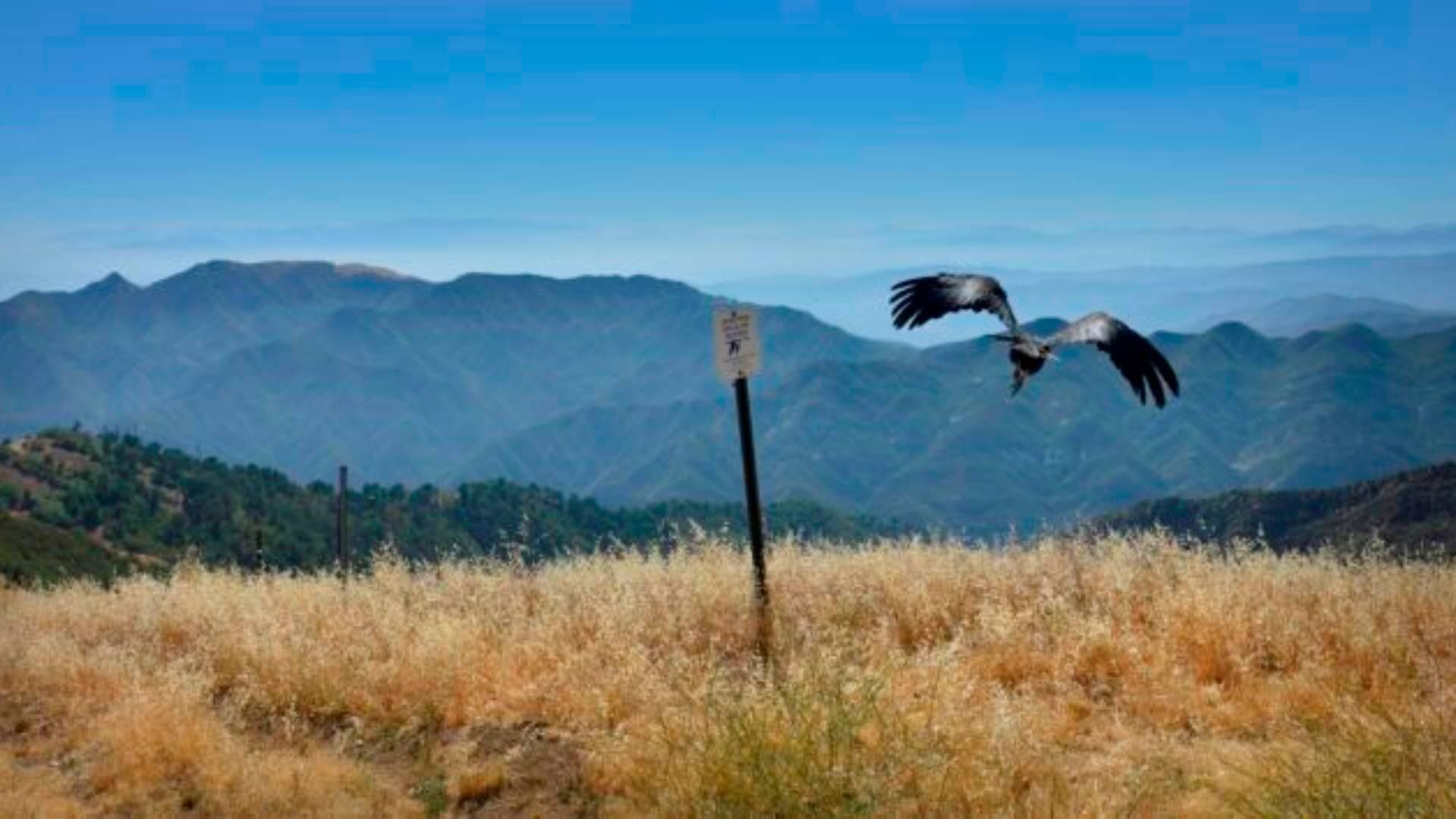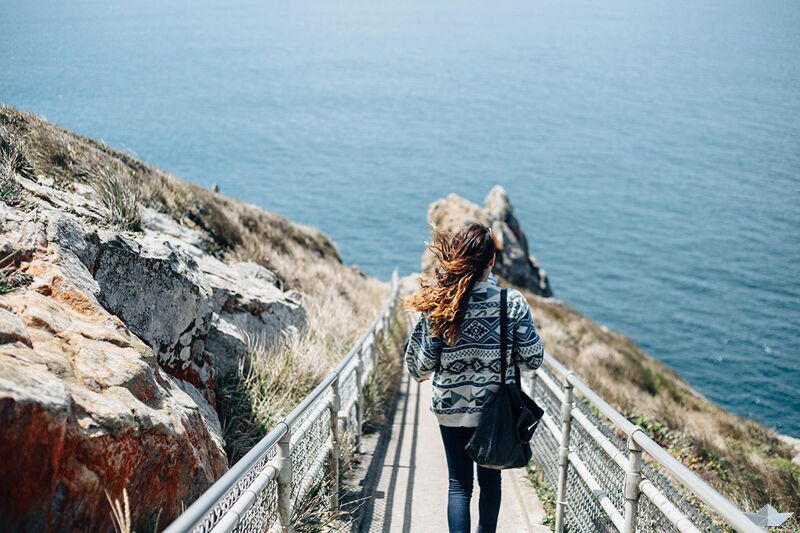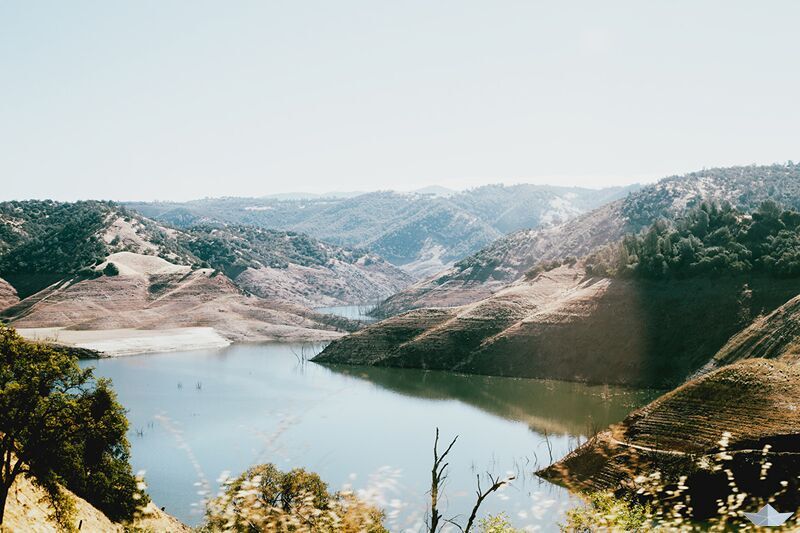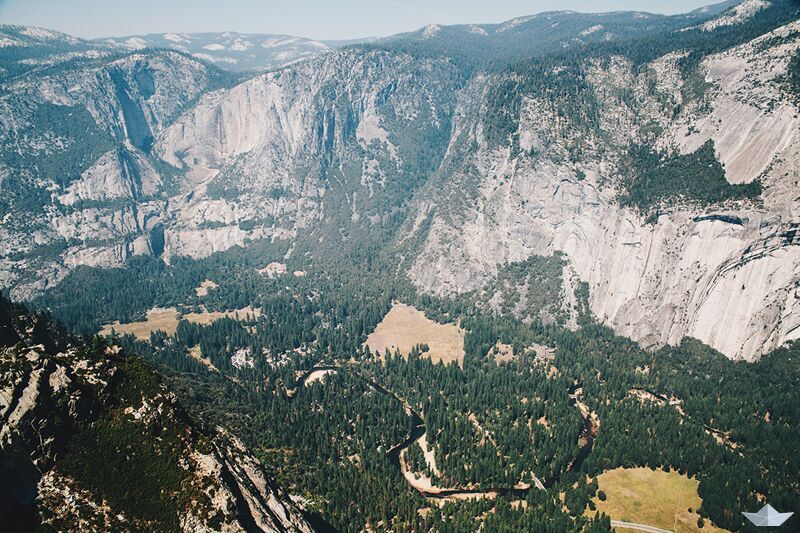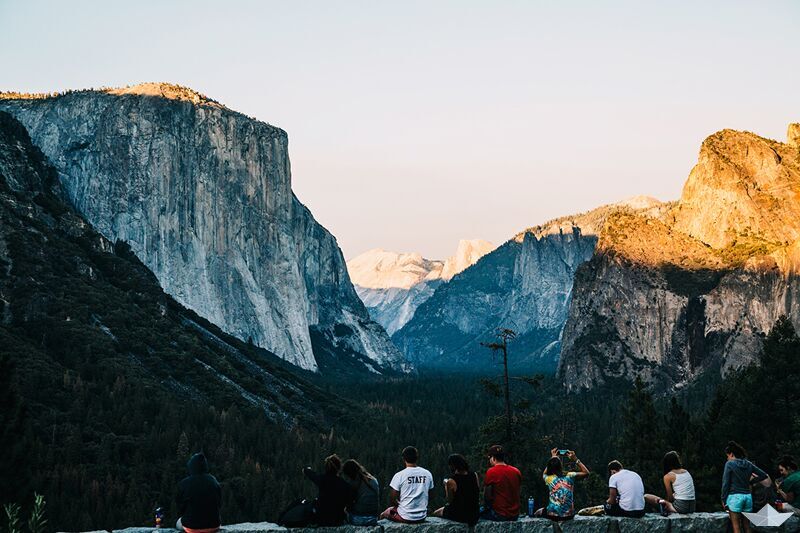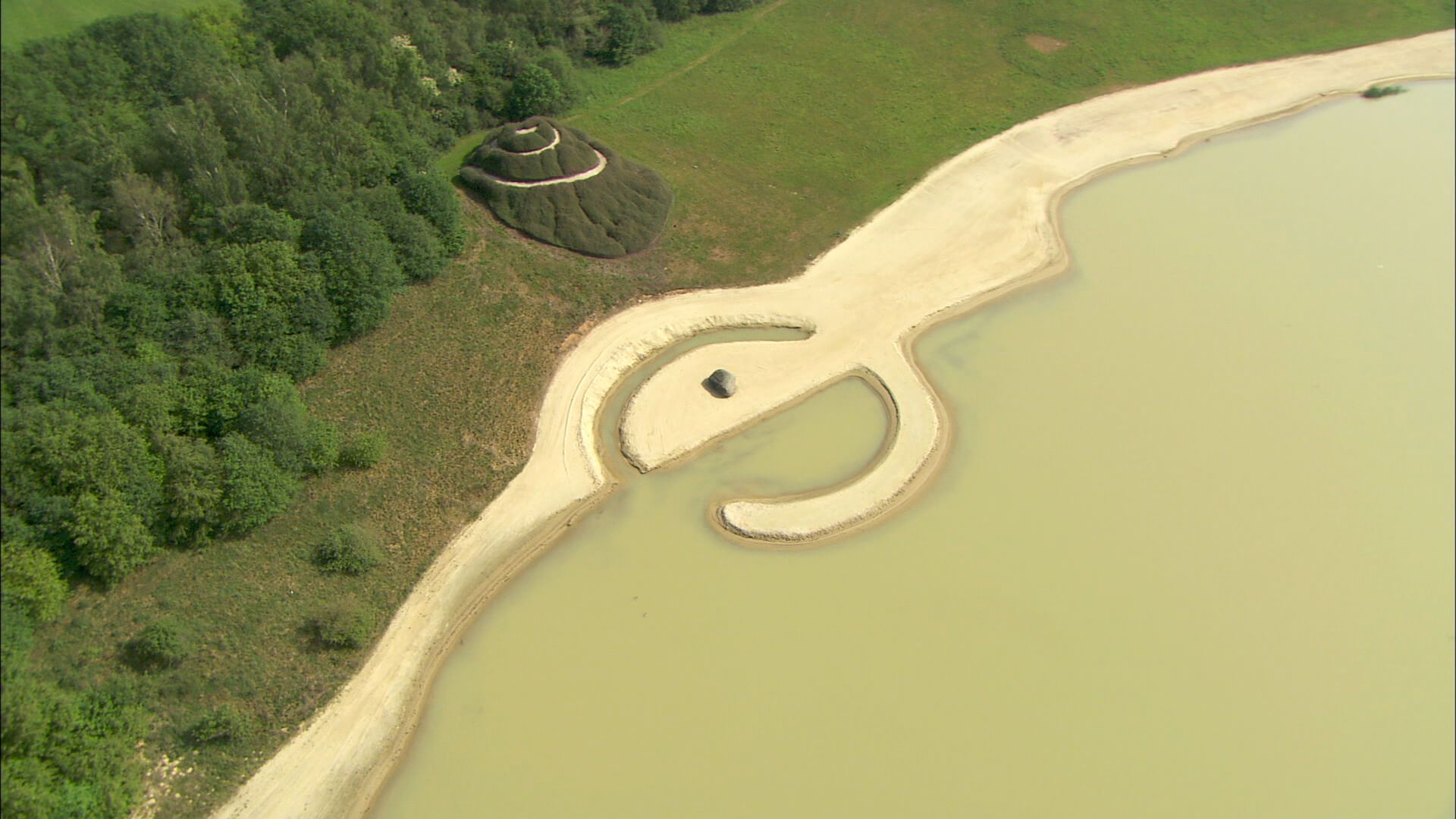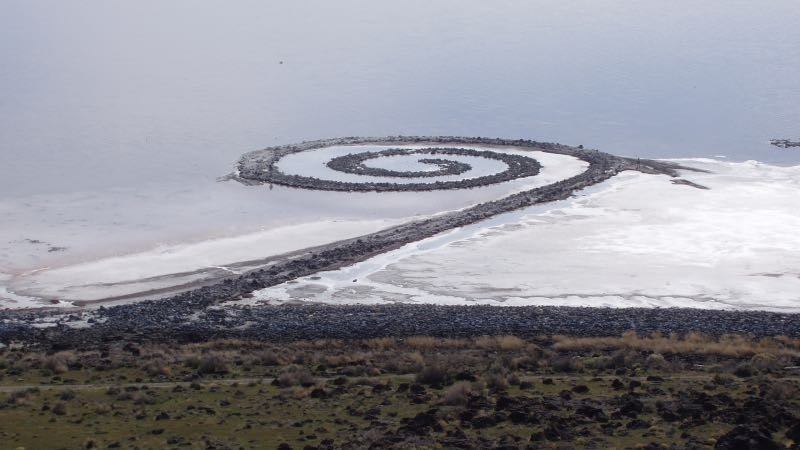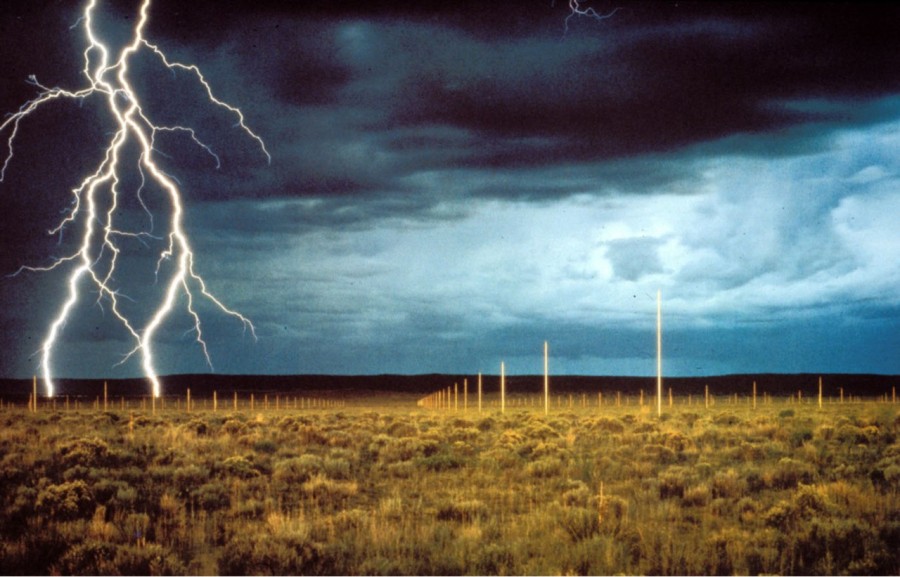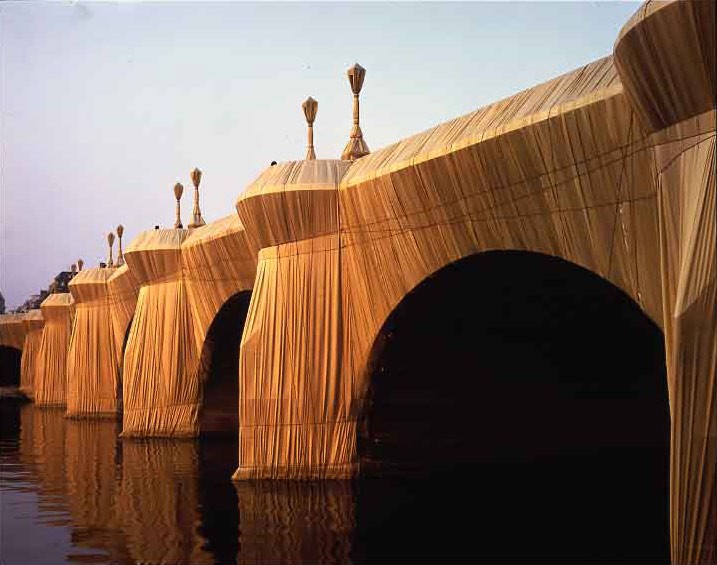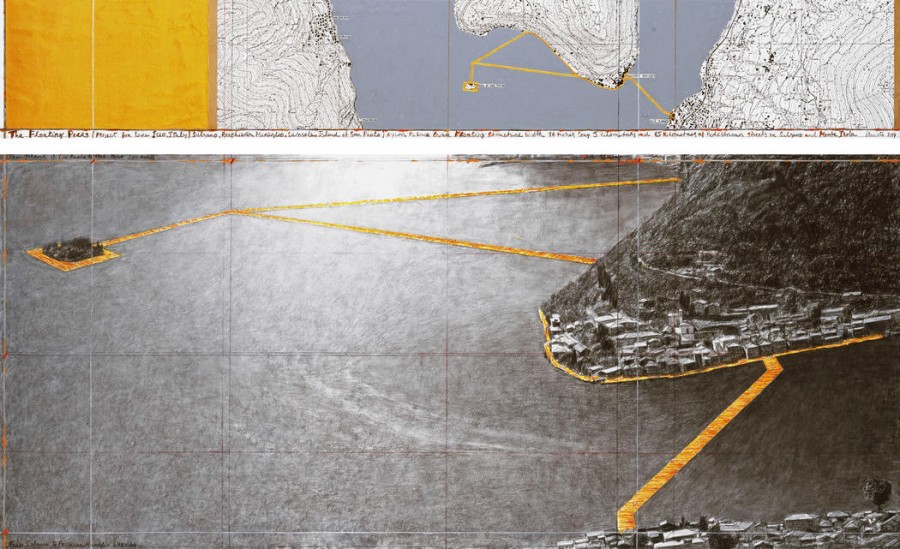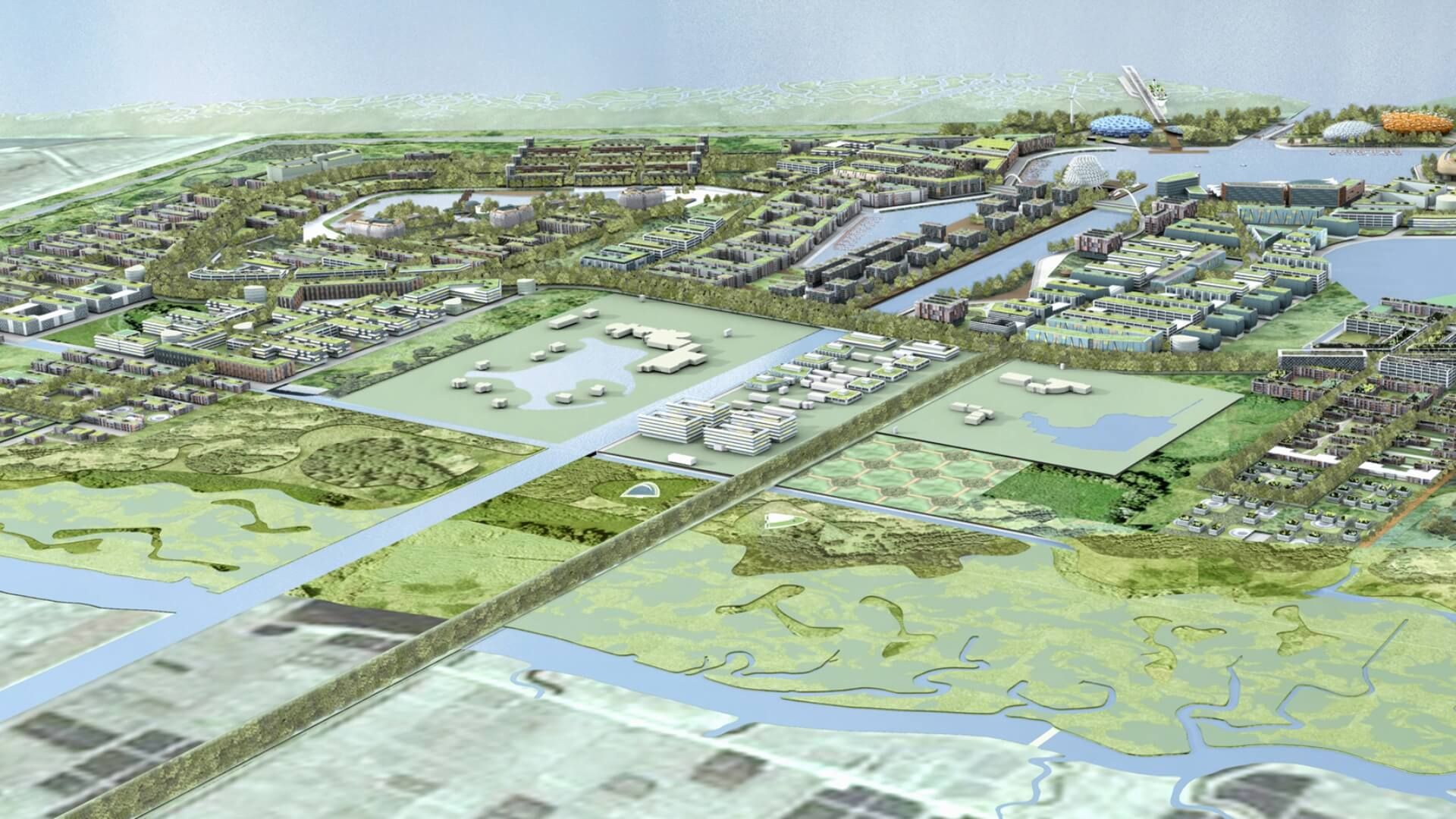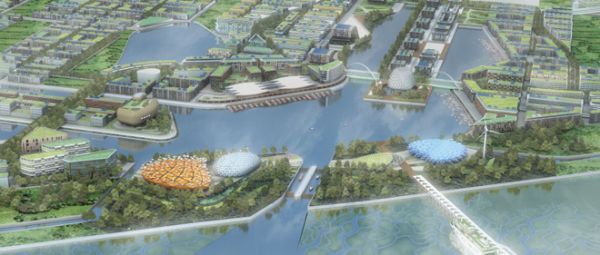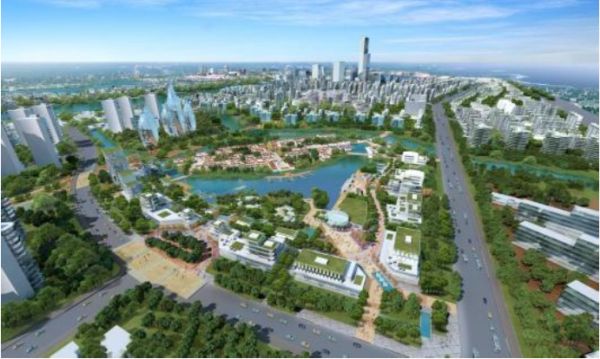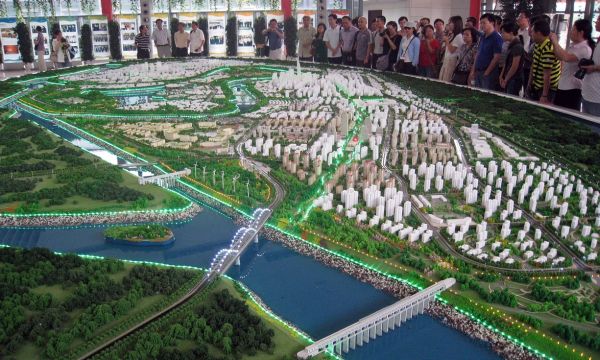California roadtrip: viaggio tra cliché fotografici naturali
Attraversare la California on the road è sicuramente una di quelle esperienze immancabili nel curriculum ideale di un viaggiatore e lo è in modo particolare quando si viaggia con una macchina fotografica.
È l’esperienza che hanno fatto quest’estate Giulia e Alice, conosciutesi qualche anno fa proprio grazie alla passione comune per la fotografia e diventate, viaggio dopo viaggio, grandi amiche.
Entrambe studentesse, Alice a Milano e Giulia a Edimburgo, hanno trovato il modo di incontrarsi visitando insieme diverse città europee. Quest’estate sono riuscite ad allargare le loro rotte e conquistare una meta che era tra i sogni di entrambe: la California.
In due settimane hanno viaggiato sulle strade californiane in compagnia di Henry, un amico americano che le ha ospitate nella loro prima tappa a Los Angeles e ha poi proseguito con loro il roadtrip fino a San Francisco, la meta finale.
Lungo il viaggio hanno sostato in diverse città, ma hanno anche incontrato la natura americana: dalla mattinata spesa a conoscere San Diego, fino a vedere il confine col Messico; spostandosi a Mission Bay per un’uscita in barca, per poi raggiungere Jade Cove, una località nella regione del Big Sur famosa per la presenza di leoni marini. A Santa Barbara hanno visitato il Karpeles Manuscript Library Museum, la più grande collezione privata di documenti e manoscritti originali, e han poi percorso la costa fino a giungere a Hearst Castle, un palazzo sulle colline che si affaccia sull’Oceano Pacifico.
Tra tutte le tappe e i luoghi visitati, il più interessante fotograficamente è senza dubbio il Parco nazionale di Yosemite: un’area naturale protetta che copre un’estensione di oltre 3000 km quadrati e arriva a raggiungere la catena montuosa della Sierra Nevada. Nel 1984 è entrato a far parte del Patrimonio dell’Unesco per la sua ricchezza naturale, fatta di cime granitiche, cascate, enormi sequoie e un’incredibile biodiversità.
Nella storia della fotografia, questo Parco nazionale è stato il soggetto degli obiettivi di molti grandi fotografi: primo tra tutti l’americano Ansel Adams, che proprio a Yosemite contribuì a porre le basi della straight photography, una fotografia diretta ed estremamente oggettiva, e rese artisticamente celebre l’imponenza della natura di questo Parco.
Giulia e Alice descrivono così il posto nello Yosemite che più di tutti le ha colpite: «Taft Point – l’alto promontorio che permette una vista panoramica del Parco – è il posto più mind-blowing che abbiamo visto: essere letteralmente ad un passo dal vuoto più totale dà i brividi e un senso di libertà incredibile».
Yosemite continua ad essere, comprensibilmente, un cliché per la fotografia. Alice racconta di aver per un po’ rubato il posto ad un gruppo di fotografi durante uno shooting ad una coppia di sposi: «Quando siamo tornate a casa, li ho cercati su internet e ho scoperto che erano tra i fotografi di matrimonio più famosi al mondo».
Lasciato il Parco, lungo il loro tragitto, Alice e Giulia hanno incontrato diversi altri spettacoli naturali tipicamente americani: Lake Tahoe, ad esempio, un grande lago di acqua dolce tra le montagne della Sierra Nevada; o Point Reyes, famoso promontorio nord della costa californiana.
Tappa finale la città di San Francisco, la metropoli più ecofriendly d’America.
